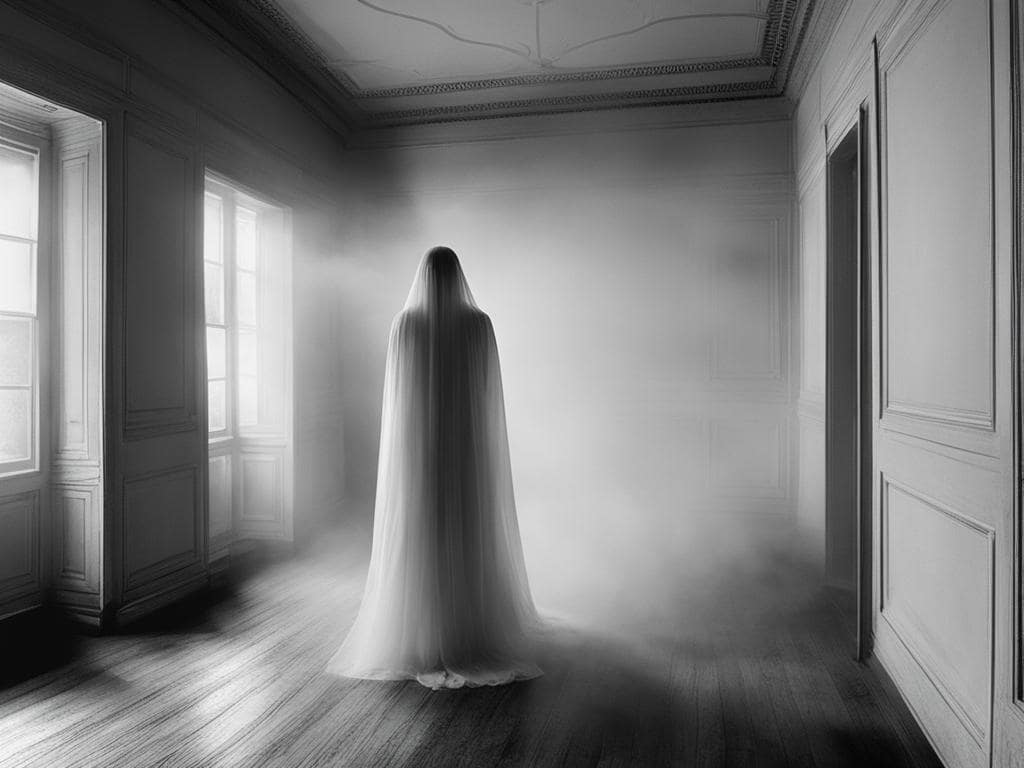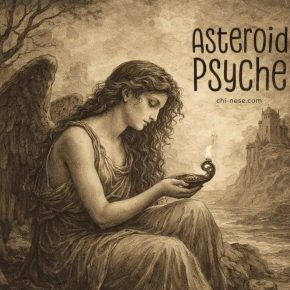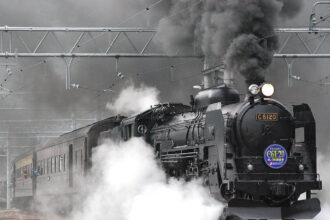My daughter asked me today if ghosts have bones or teeth, and I couldn’t stop laughing at how oddly specific (and spooky) that question was. But it got me thinking: if ghosts aren’t physical anymore, what are they made of? Do they carry skeletons into the afterlife, or are they something else entirely? Spoiler: you won’t find floating ribcages or grinning skulls in the spirit world. Ghosts work on a completely different level.
Ghosts Are Energy, Not Flesh
When a person dies, the body stays behind, but the part of them we might call consciousness (the spark, the awareness) doesn’t. That’s what a ghost is. They’re not dragging organs and bones around with them. They’re fields of energy shaped by memory, emotion, and intention.
This is why ghosts don’t need to breathe, eat, or sleep. And yet, they can still appear to us in recognizable shapes. A ghost showing up as someone you knew isn’t their “body”, it’s closer to a projection, like an energy hologram. They’re presenting themselves in a way that your mind can understand.
Why Do Ghosts Look Human?
Plenty of sightings describe human-like figures: full apparitions, faces at the foot of the bed, or shapes walking down hallways. But that’s not because ghosts have bones and skin. What you’re seeing is more like an echo. Strong attachments, whether to a place, a moment, or even to their own death, can imprint themselves on a spirit’s energy.
That’s why some ghosts appear with the same clothes they died in, or even with wounds that belonged to their final moments. They’re not carrying physical injuries. It’s more like the energy of that memory lingers, shaping how they manifest.
Scratches, Touches, and Other Scares
If ghosts don’t have bones, nails, or teeth, then how do people walk away from haunted places with scratches, shoves, or even bite marks? The answer lies in energy. Spirits interact with the world by shifting electromagnetic fields, altering temperature, or triggering reactions in our own nervous systems. That’s why someone might feel a cold hand on their shoulder, a sudden tug at their hair, or watch red scratches appear on their skin out of nowhere.
It doesn’t mean a ghost is dragging phantom claws across you. What’s really happening is your body translating those energy shifts into physical sensations. The mind and body interpret it as touch, even though nothing solid is there.
But if the marks are especially deep, jagged, or animal-like, that usually points to something beyond a typical lingering spirit (demonic scratches). Ordinary ghosts rarely have the power or the intent to cause serious harm. Scratches that feel violent or leave lasting welts are often linked to darker energies, entities fueled by anger or something more malevolent than a restless soul.
So, Do Ghosts Have Bones?
No, ghosts don’t have bones, teeth, or organs. They’re not bodies anymore. They’re energy. What we see (or sense) are impressions shaped by who they once were and the emotions they carried. That’s why they sometimes appear as a shadow in the corner of your eye, a fleeting figure in a hallway, a voice calling your name, or even a strange flicker of light.
None of these are physical forms; they’re energetic imprints, like echoes made visible. However they show up, it’s just energy taking shape for a moment, long enough to remind us they’re still here.
Beyond the Veil
Ghosts keep us guessing because they blur the line between memory and presence. They’re not bodies walking among us. They’re impressions, energy lingering just long enough to be noticed.
My grandfather always used to say, “Ghosts are less dangerous than people,” and the older I get, the more it makes sense. Without flesh, bones, or weapons, they can’t harm us the way the living can. At most, they unsettle, remind, or stir our curiosity. And maybe that’s the point: ghosts aren’t here to frighten us as much as to remind us there’s more to existence than what we can touch.












